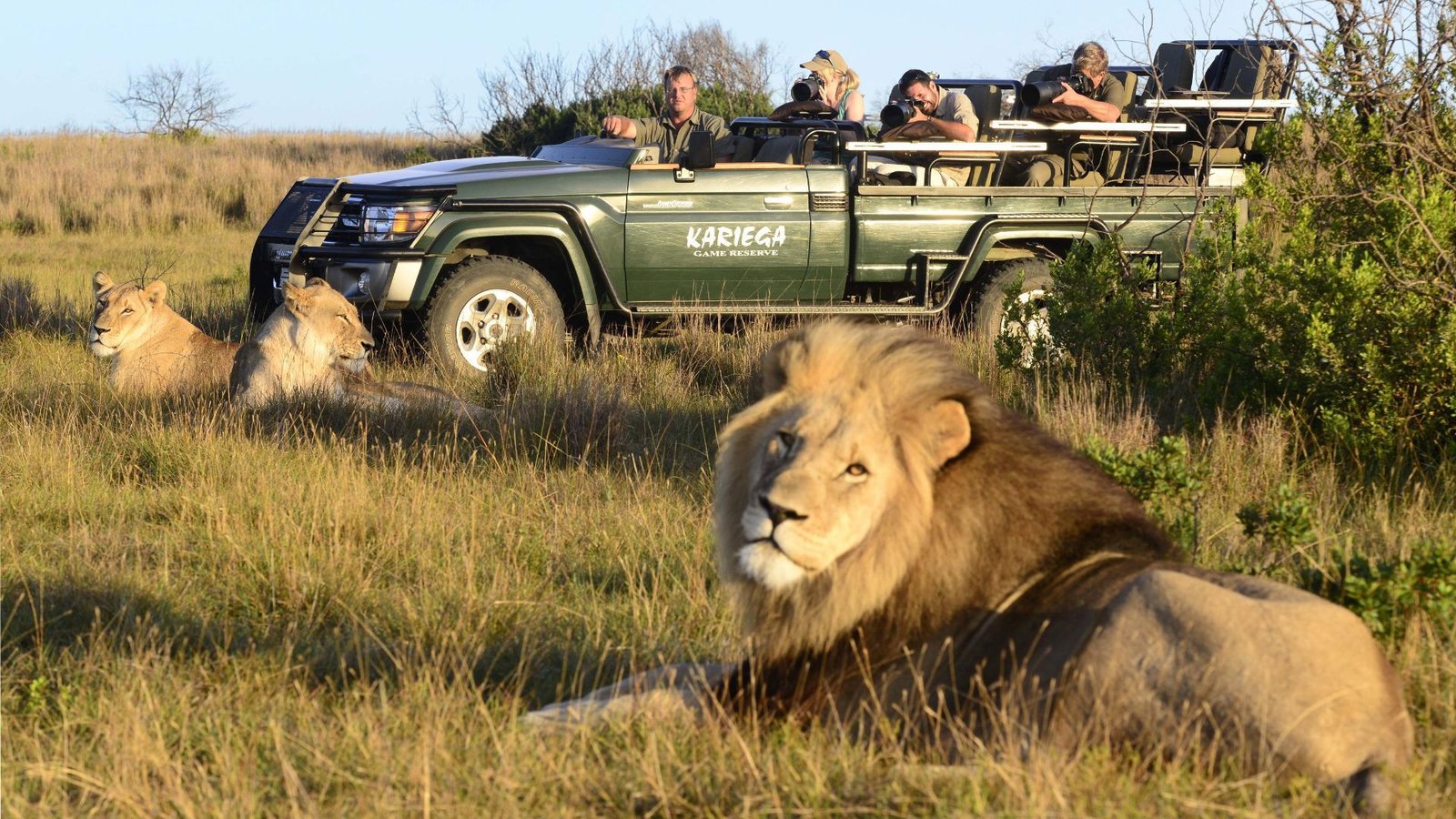Introduction
March 27, 2025
There’s something magical about stepping into nature and discovering the paths carved by creatures big and small. For adventurers and wildlife enthusiasts alike, the wild animals trail offers a front-row seat to the untamed beauty of the natural world. In 2025, as eco-tourism surges and technology enhances our outdoor experiences, these trails are more accessible and exciting than ever.
Whether you’re hiking through a forest, tracking footprints in the snow, or simply curious about the animals that roam nearby, this article will guide you through what makes these trails special, where to find them, and how to explore them responsibly—all in a way that’s easy to follow and packed with fresh insights for the year ahead.
Wild animals trails are more than just paths; they’re stories written in the earth by deer, foxes, bears, and countless other species. As we embrace sustainable travel and a deeper connection to nature in 2025, understanding these trails can transform a simple walk into an unforgettable adventure.
From spotting signs of wildlife to learning how to tread lightly, this guide will help you dive into the wild with confidence and curiosity. Let’s lace up our boots and uncover the secrets of these natural highways.
What Are Wild Animals Trails?
A wild animals trail is a route naturally created or frequently used by wildlife as they move through their habitats. These paths might be worn into the ground by hooves, paws, or claws, winding through forests, mountains, or grasslands.
Unlike human-made trails, they’re shaped by instinct—leading to food, water, shelter, or migration routes. In 2025, these trails have gained attention as people seek authentic ways to connect with nature, often using apps and guides to spot them without disturbing the ecosystem.
Think of them as nature’s highways. A deer might carve a faint track through tall grass, while a bear’s heavier tread leaves a broader path. Birds, squirrels, and even insects contribute their own subtle marks. Exploring these trails isn’t just about the destination—it’s about decoding the clues left behind, from footprints to scat, that tell you who’s been there.
Why Wild Animals Trails Matter in 2025
In a world buzzing with tech and urban sprawl, wild animals trails remind us of nature’s resilience. Here’s why they’re worth your attention this year:
A Window into Wildlife
Following these paths lets you glimpse the lives of animals—where they eat, rest, or raise their young. It’s like peeking into a hidden world without intruding.
Eco-Tourism Boom
Sustainable travel is huge in 2025, and trails offer a low-impact way to enjoy nature. They’re perfect for hikers, photographers, and families wanting to learn without leaving a big footprint.
Conservation Awareness
By observing these trails, you see firsthand how habitats connect—and how human activity can disrupt them. It’s a call to protect the wild spaces we still have.
Top Animals You’ll Encounter on Trails
Which creatures might you spot—or at least find traces of—on a wild animals trail? Here’s a rundown of some common trailblazers in 2025:
Deer
Graceful and widespread, deer create narrow, winding paths through forests and fields. Look for hoof prints or nibbled plants as signs they’ve passed by.
Foxes and Coyotes
These cunning canines leave lighter tracks, often along edges of woods or near water. In 2025, their trails are hotspots for night hikes with thermal cameras.
Bears
In mountainous or forested regions, bear trails are broader and more rugged. Claw marks on trees or overturned rocks hint at their presence—best admired from a safe distance.
Rabbits and Small Mammals
Tiny, zigzagging paths through grass or underbrush mark the routes of rabbits, squirrels, and mice. They’re subtle but rewarding to spot.
Birds
While birds don’t leave ground trails, their flight paths often follow natural corridors. Watch for droppings or feathers near water or feeding spots.
Each animal’s trail tells a story of survival, shaped by its size, habits, and environment.
Where to Find Wild Animals Trails in 2025
Ready to explore? Wild animals trails are everywhere if you know where to look. Here are some prime spots for 2025:
National Parks
Places like Yellowstone or the Great Smoky Mountains are goldmines for trails, with ranger-led tours highlighting animal activity. In 2025, apps sync with park data to pinpoint hot zones.
Local Forests and Reserves
Your nearby woods might hide deer or fox trails. Check with local conservation groups for maps or guided walks—many updated this year for accuracy.
Backyards and Rural Areas
Even suburban green spaces can host small trails. Set up a trail cam or take a quiet sunrise stroll to catch rabbits or birds in action.
Coastal and Wetland Regions
Marshes and beaches reveal trails from shorebirds, crabs, or otters. Spring tides in 2025 expose fresh tracks for eagle-eyed explorers.
How to Explore Wild Animals Trails Safely
Diving into these paths is thrilling, but safety and respect come first. Here’s how to do it right in 2025:
Step 1: Gear Up
Wear sturdy shoes, bring binoculars, and pack a field guide or app like “WildTrack 2025” to identify prints and signs.
Step 2: Stay Observant
Look for tracks, broken twigs, or scat. Move slowly—wildlife doesn’t announce itself with fanfare.
Step 3: Keep Your Distance
If you spot an animal, admire it from afar. Use zoom lenses for photos, not your feet.
Step 4: Leave No Trace
Stick to the trail, avoid picking plants, and take trash with you. Nature thrives when we tread lightly.
Step 5: Time It Right
Dawn and dusk are prime times for activity. In 2025, smart watches with wildlife alerts can nudge you when trails come alive.
Tech Meets Trails: 2025 Innovations
This year, technology is supercharging the wild animals trail experience. Drones with silent modes let you scout paths from above without disturbing animals. Augmented reality (AR) apps overlay trail maps with real-time data, showing where elk or wolves roamed hours ago. Even trail cams have gone high-tech, streaming live feeds to your phone. These tools make exploring smarter and more immersive—perfect for tech-savvy nature lovers.
Benefits of Following Wild Animals Trails
Why bother? Here’s what you gain:
- Connection: Feel closer to nature by walking where wildlife does.
- Exercise: Hiking trails keeps you active and refreshed.
- Learning: Decode tracks and signs to become a backyard naturalist.
- Mindfulness: The quiet focus of trailing soothes the soul.
Challenges to Watch For
It’s not all smooth sailing. Weather can erase tracks, dense brush can hide paths, and some areas restrict access for conservation. In 2025, checking local rules and forecasts ahead of time keeps you on track.
Real Stories from 2025 Trailblazers
Across the globe, people are hooked. In Colorado, a family followed a bear trail to a hidden creek, snapping pics of paw prints for their kids’ science project. In Ontario, a hiker traced a fox path through snow, spotting the animal at dusk. And in Australia, a coastal walker found crab trails leading to a tide pool teeming with life. These moments show how trails turn ordinary outings into wild adventures.
The Future of Wild Animals Trails
Looking ahead in 2025, expect more trails to be mapped and shared via crowd-sourced apps. Conservation efforts will spotlight key paths, urging protection from development. As climate shifts alter habitats, trails might shift too—keeping explorers on their toes.
FAQs
1. What is a wild animals trail?
It’s a natural path created or used by wildlife, like deer, foxes, or bears, as they move through their habitats.
2. Where can I find wild animals trails in 2025?
Look in national parks, local forests, rural backyards, or coastal areas—anywhere wildlife roams.
3. Do I need special equipment to explore these trails?
Basics like good shoes and binoculars help, but apps and trail cams can enhance the experience.
4. Are wild animals trails safe to follow?
Yes, if you keep your distance from animals, stick to the path, and respect nature’s rules.
5. How can I start exploring wild animals trails?
Pick a nearby spot, go during dawn or dusk, and watch for tracks or signs—then let curiosity lead you!
Conclusion
The wild animals trail is your gateway to nature’s heartbeat in 2025. From deer paths in the woods to fox tracks by the river, these routes weave a tapestry of life waiting to be explored. Whether you’re a seasoned hiker or a curious beginner, following these trails offers a blend of wonder, discovery, and respect for the wild. In a year where connecting with the planet feels more vital than ever, there’s no better time to start.
Grab your gear, pick a spot, and hit the trail today. Share your finds with friends, join a local nature group, or post your journey online—every step deepens our bond with the wild. Ready for an adventure? The animals have already blazed the way—now it’s your turn.









